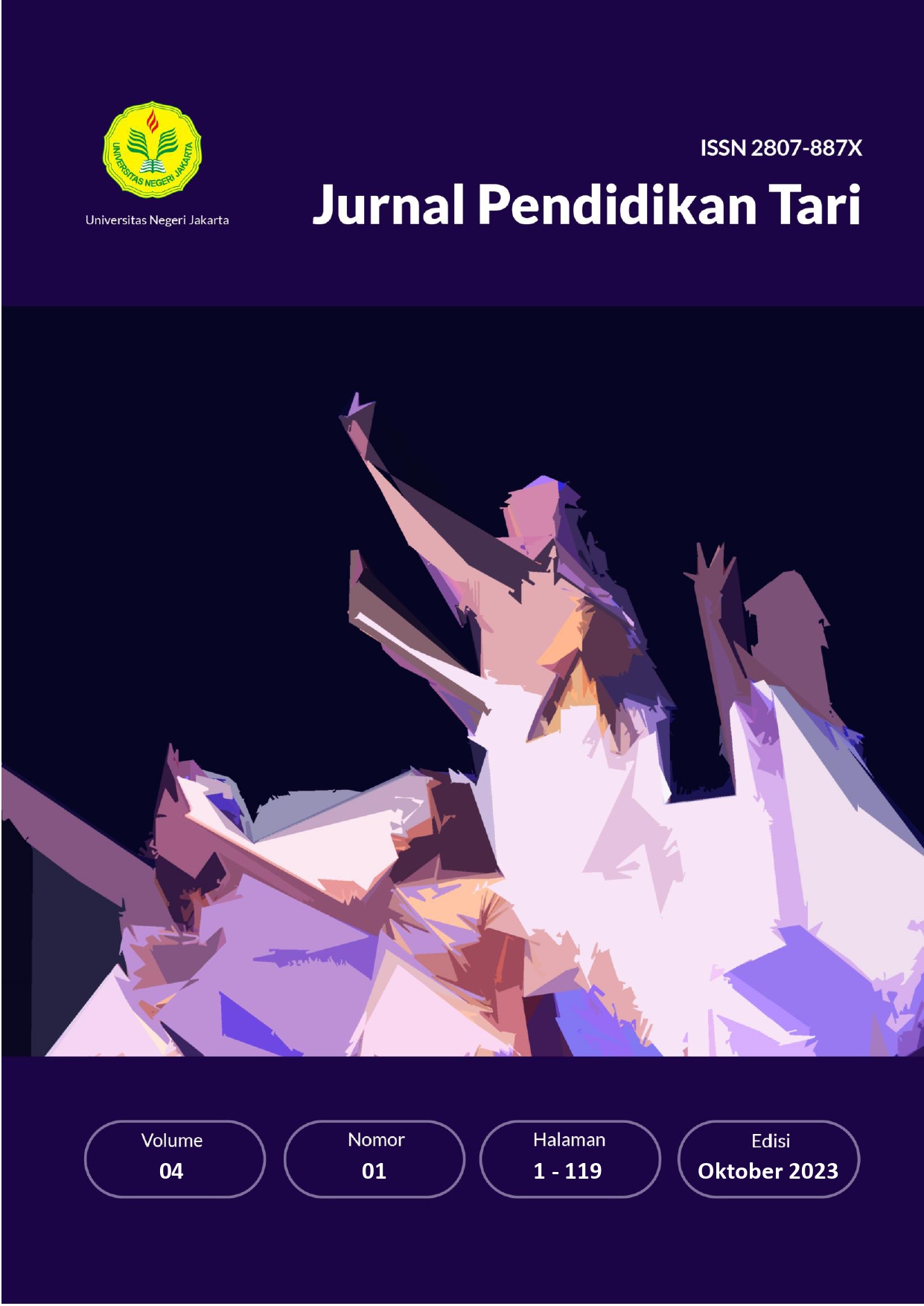Improving Memory Skills Through Expository Models for Class III Children in Traditional Dance at the Dahayu Astramaya Dance Studio
DOI:
https://doi.org/10.21009/JPT.416Keywords:
memory ability, expository model, dance trainingAbstract
The research aims to analyze the process and results of applying the expository model. The problem in this study is the lack of memory of the trainees and learning that has not led to memory. This study uses the classroom action research (CAR) method from Kemis and MC Taggart with the application of the expository model. This research was conducted in 2 cycles. Each cycle consists of 4 stages, namely planning, action, observation and reflection. Data collection techniques using observation techniques, interviews and tests. The study involved collaborators to assess and evaluate the results of expository models to improve memory. The results showed that the application of the expository model could improve the memory of the training participants based on the results of the pre-cycle score of 55.58, the first cycle increased to 62.34 and the second cycle became 79.21.


